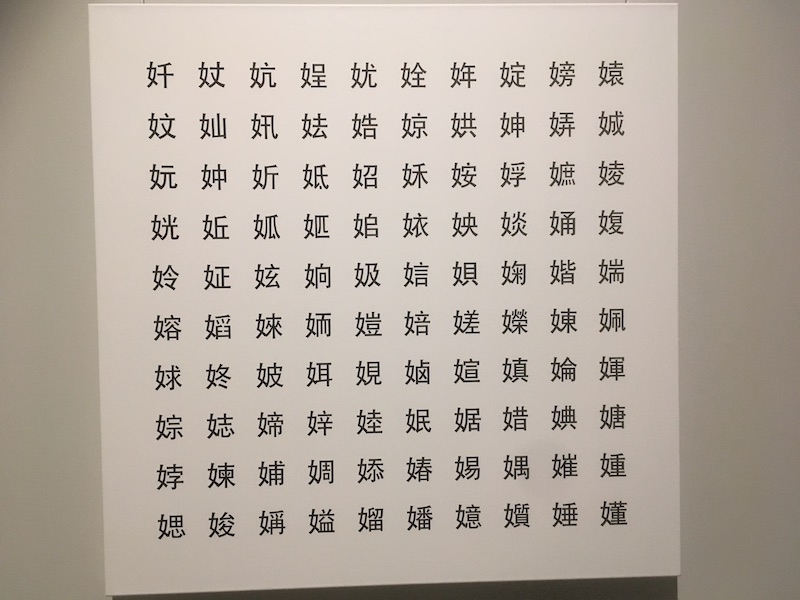Towards a grammar of rhythm
Hassan Munshi has been working on text setting in Arabic music. An important piece of the problem is how to represent the musical rhythms involved, and it's worth noting that (as with classical Greek, Latin, and Persian meters) the musical and poetic meters are founded on the same principles and have the same names. Hassan pointed me to an overview at MaqamWorld, which explains "Arabic Rhythmic Cycles":
Arabic music is composed over rhythmic cycles called iqa‘at (singular iqa‘), which are patterns of beats that repeat every measure. A composition can switch back and forth between many different iqa‘at. Each iqa‘ is defined using a prototypal measure and the two basic sounds: dum (bassy and sustained) and tak (dry and sharp).
The notated iqa‘ is meant to be a skeleton or a prototype for how to perform it. In practice, percussionists ornament an iqa‘ (flesh it out) with additional beats: dum-s, tak-s and whatever other sounds the instrument is able to produce. That ornamentation depends a lot on the genre of Arabic music, the desired arrangement aesthetic, the instrument itself, the size of the rhythm section, and on the percussionist’s personal style.
For each iqa', MaqsumWorld provides a notation of the basic pattern, some musical examples, and a "tabla demonstration" in which a drummer illustrates the process of "ornamentation". For Iqa' Maqsum, this is the basic pattern:

And this is the tabla demonstration by Faisal Zedan:
Read the rest of this entry »

